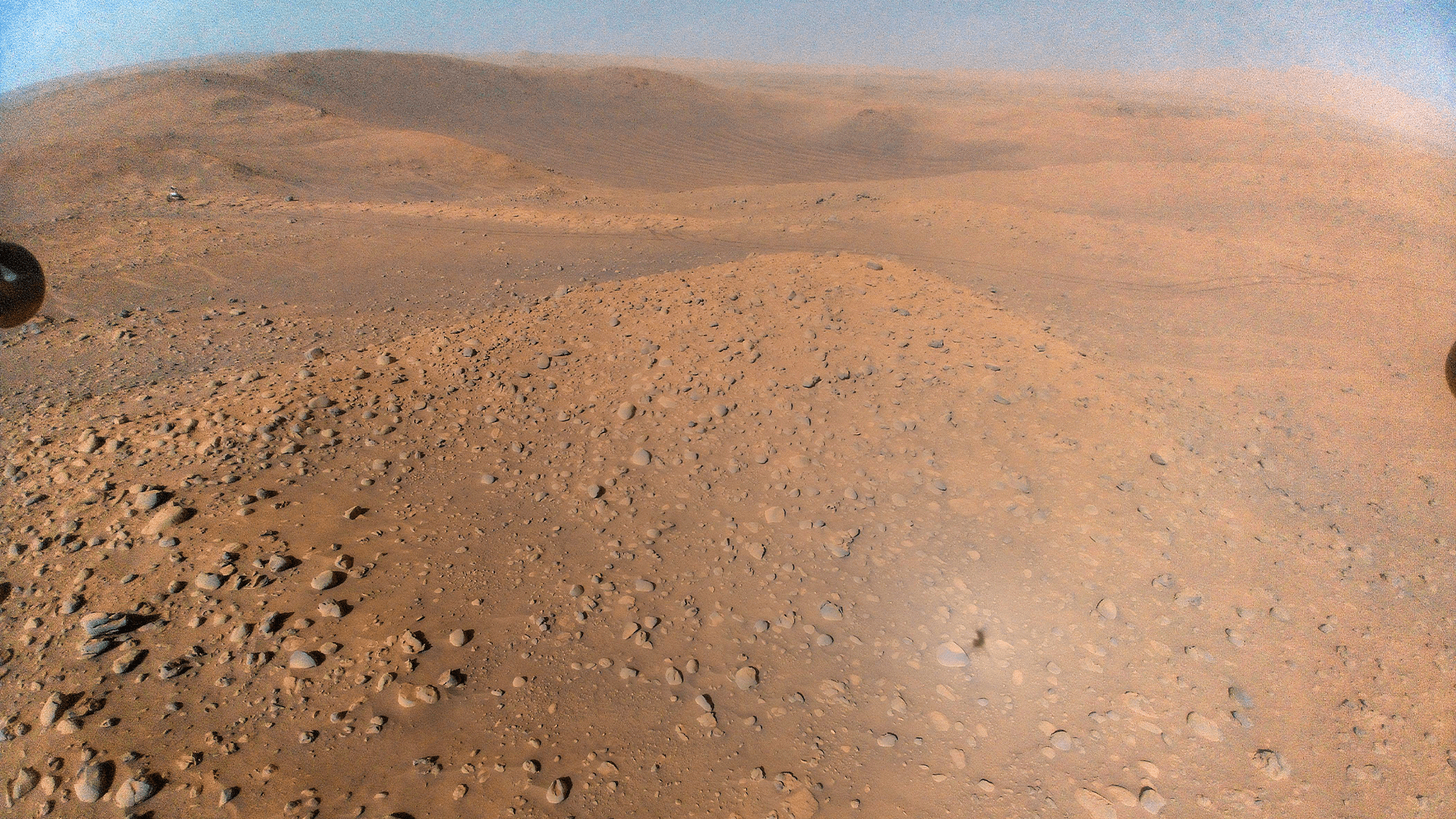

NASA’s Perseverance rover has detected evidence for an array of different organic molecules in Mars’ Jezero Crater. The findings are detailed in a paper published July 12 in the journal Nature. This latest discovery suggests that a more complex geochemical cycle may have existed on the Red Planet. It’s not direct evidence of living things on that world, but it shows that the planet had mineral processes like those on Earth that support life.
[Related: Mars’s barren Jezero crater had a wet and dramatic past.]
The Perseverance rover landed at Jezero Crater in February 2021, where the remains of an ancient Martian lake basin holds clays that may preserve organic materials—and could provide clues regarding the planet’s past habitability. The rover has already found evidence of past chemical reactions in the crater that could hold more clues to former Martian life.
Organic compounds are the building blocks of life. They are molecules composed of the element carbon and often have other elements such as nitrogen, oxygen, hydrogen, phosphorus, and sulfur. Several types of organic molecules of Martian origin have been detected in meteorites that blasted away from Mars and landed on Earth, and in Mars’ Gale Crater.
The researchers believe that explanations for the origins of organic matter on the Red Planet include water-rock interactions or deposits on the surface of the planet through space dusts or meteors. The team notes that the “key building blocks for life may have been present over an extended period of time,” making this area of Jezero crater “potentially habitable.” The study authors also acknowledge that clusters of other compounds could be responsible for some of the rover’s detections, though an inorganic explanation for these signals is less likely than carbon-based chemistry.
“As planetary scientists and astrobiologists, we are very careful with laying out claims—claiming that life is the source of organics or possible biosignatures is a last-resort hypothesis, meaning we would need to rule out any non-biological source of origin,” study co-author and CalTech planetary scientist Sunanda Sharma told Space.com.
For this study, the team analyzed data from the Perseverance Rover’s Scanning Habitable Environments with Raman and Luminescence for Organics and Chemicals (SHERLOC) instrument. It is a crucial tool on Mars that can conduct fine-scale mapping and analysis of organic molecules.
The team honed in on SHERLOC data on two rock formations on Jezero Crater’s floor–Máaz and Séítah. When SHERLOC’s ultraviolet light shines on organic compounds, they can glow. Measuring the wavelengths in the glow from a molecule can help identify what molecule it is.
Signals of organic molecules were detected on all 10 of the targets that SHERLOC observed, which covers a span of time from at least 2.3 billion to 2.6 billion years ago. Even if this material is not really biological in origin, it may still give scientists important clues about whether or not Mars was formerly able to host life.
[Related: Mars rover snaps pics of dusty craters that may have once roared with water.]
“This finding may indicate that Mars once had diverse surface processes and relatively complex organic geochemistry, which on Earth, such mineralogy is associated with habitable environments capable of preserving signs of ancient life,” study co-author and Planetary Science Institute researcher Ashley E. Murphy said in a statement.
Murphy also added that studying the spatial relationships between minerals and organics is critical when examining organic origins and potential biosignatures. Using Earth’s geologic history as a reference point will help determine what, if anything, could have lived on Mars in the past.
“Mars may have had a similar early geologic history to Earth so we use our knowledge of life as we know it on Earth for where to look for potential evidence of past life on Mars,” said Murphy. “Mapping organics allows for a better understanding of if the Martian carbon cycle is similar to or different from Earth, and the potential of Mars to host life.”
